Snapdragons are a delightful addition to any garden, with their vibrant colors and unique flower shapes. This comprehensive guide provides step-by-step instructions on how to successfully grow and care for these charming plants. From choosing the right variety and preparing the soil to planting, watering and troubleshooting common issues, this article covers all the essential information you need to cultivate a stunning display of snapdragons in your outdoor space. Whether you’re a seasoned gardener or a beginner, this guide will equip you with practical tips and techniques to ensure your snapdragons thrive and bring joy to your garden for months to come.
Snapdragons, with their whimsical flower shapes and vibrant colors, are a beloved addition to any garden. These charming plants not only add visual interest but also attract pollinators like bees and butterflies, making them a valuable asset to your outdoor space. Whether you’re a seasoned gardener or just starting out, growing snapdragons can be a rewarding and enjoyable experience. In this comprehensive guide, we’ll cover everything you need to know to cultivate a stunning display of these delightful blooms.
Here’s an easy chart for Snapdragons (Antirrhinum majus):
| Aspect | Information |
|---|---|
| Botanical Name | Antirrhinum majus |
| Common Name | Snapdragons |
| Plant Type | Annual (short-lived perennial in mild climates) |
| Zones | 7-11 (perennial), 2-11 (annual) |
| Sun Exposure | Full sun to partial shade |
| Soil Type | Well-draining, moderately fertile soil |
| Bloom Time | Spring to fall |
| Flower Color | Wide range: white, yellow, pink, red, orange, purple, bicolor |
| Height/Spread | 6 inches to 3 feet tall, 6-12 inches wide |
| Special Features | Attracts pollinators, deer-resistant, long bloom period |
Choosing the Right Snapdragon Variety
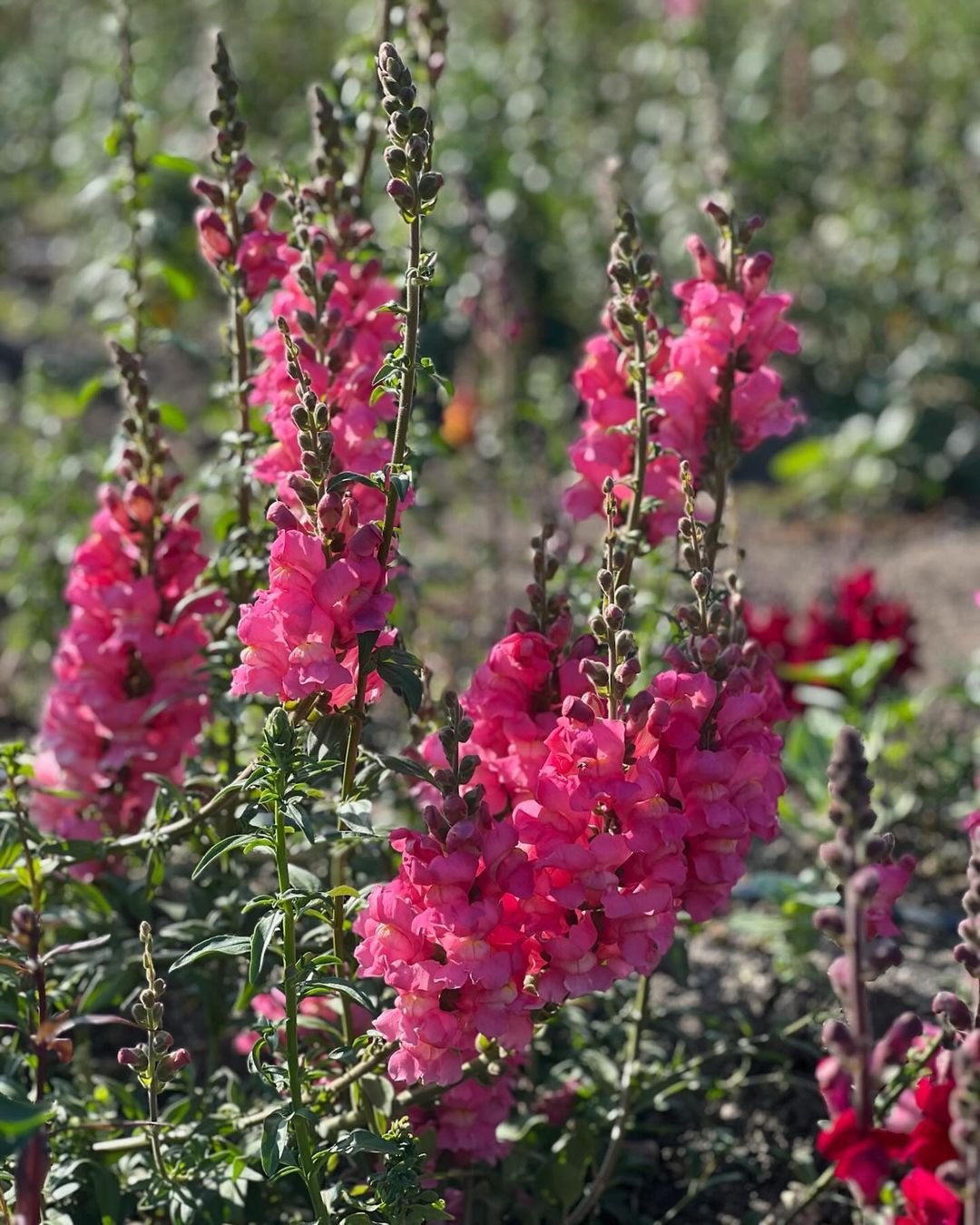
The first step in growing snapdragons is selecting the right variety for your garden. These plants come in a wide range of colors, including shades of pink, yellow, red, white and even bi-colored varieties. Consider the following factors when choosing your snapdragon variety:
Height
Snapdragons come in various heights, ranging from dwarf varieties (6-12 inches tall) to tall varieties (24-36 inches tall). Choose a height that suits your garden’s layout and design.
Bloom Time
Some varieties are bred for specific bloom times, such as early spring or late fall. If you want a continuous display of blooms throughout the growing season, consider planting a mix of early, mid and late-blooming varieties.
Climate
Certain snapdragon varieties are better suited for specific climates. For example, some varieties are more heat-tolerant, while others perform better in cooler temperatures.
Preparing the Soil and Planting
Snapdragons thrive in well-draining soil that is rich in organic matter. Here’s how to prepare the soil and plant your snapdragons:
Soil Preparation
Before planting, amend your garden soil with compost or well-rotted manure to improve drainage and nutrient content. Snapdragons prefer slightly alkaline soil with a pH between 6.2 and 7.0.
Planting Time
In most regions, snapdragons can be planted as soon as the ground can be worked in early spring. They can also be planted in late summer or early fall for a late-season bloom.
Planting Depth and Spacing
Sow snapdragon seeds about 1/4 inch deep and 6-12 inches apart, depending on the variety’s mature size. If planting seedlings, space them according to the recommended distance on the plant tag.
Sunlight
Snapdragons thrive in full sun but can tolerate partial shade, especially in hot climates.
Caring for Your Snapdragons
Once your snapdragons are in the ground, proper care is essential for ensuring a bountiful bloom and healthy plants. Here are some tips for caring for your snapdragons:
Watering
Snapdragons prefer consistently moist soil, but be careful not to overwater. Water deeply at the base of the plants, avoiding getting the foliage wet to prevent fungal diseases.
Deadheading
Regularly removing spent blooms (deadheading) encourages more flowering and keeps your snapdragons looking tidy.
Fertilizing
Feed your snapdragons with a balanced, water-soluble fertilizer every 2-4 weeks during the growing season for optimal growth and bloom production.
Mulching
Apply a 2-3 inch layer of organic mulch around your snapdragons to help retain moisture and suppress weeds.
Staking
Taller snapdragon varieties may require staking or caging to prevent them from flopping over, especially in windy conditions.
Common Issues and Solutions
While snapdragons are generally low-maintenance plants, they can be susceptible to a few issues. Here are some common problems and their solutions:
Leaf Spots or Mildew
These fungal diseases can be caused by overwatering or poor air circulation. Improve air flow, water at the base of the plants, and remove affected foliage.
Stunted Growth or Discoloration
Nutrient deficiencies or improper soil pH can lead to these issues. Conduct a soil test and amend the soil accordingly, or use a balanced fertilizer.
Pest Infestations
Aphids, spider mites and thrips can attack snapdragons. Use insecticidal soap or neem oil for controlling these pests.
Leggy Growth
If your snapdragons are growing tall and spindly, they may not be getting enough sunlight. Prune back leggy growth and relocate the plants to a sunnier spot if possible.
With their unique charm and vibrant colors, snapdragons make a delightful addition to any garden. By following the guidelines outlined in this comprehensive guide, you’ll be well-equipped to cultivate a stunning display of these whimsical blooms. From selecting the perfect variety to providing the right care and addressing common issues, this guide covers all the essentials for successful snapdragon cultivation. So, roll up your sleeves, grab your gardening tools and get ready to enjoy the beauty and joy that these delightful plants bring to your outdoor space.

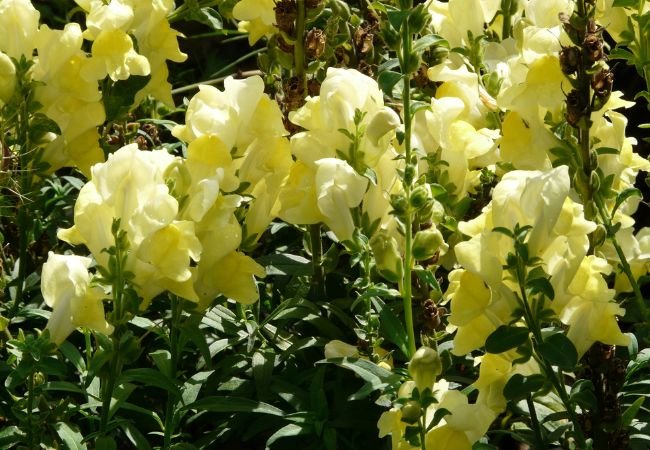
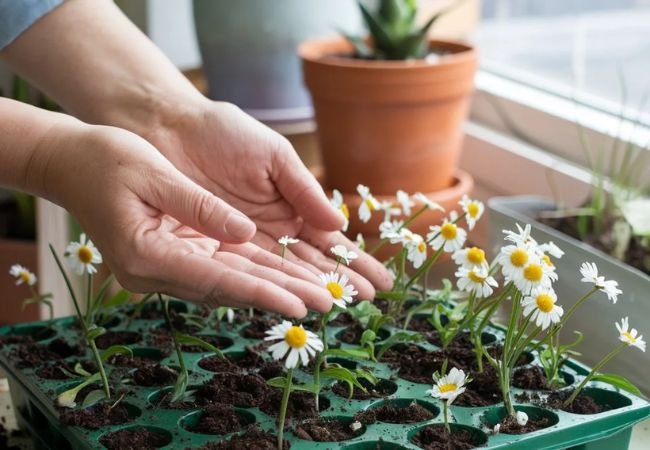
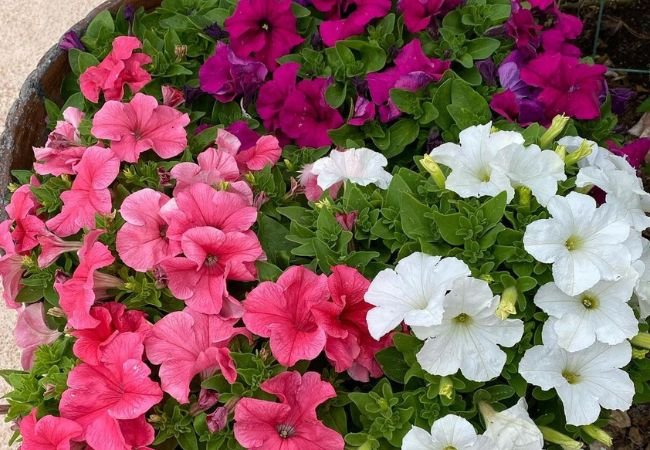


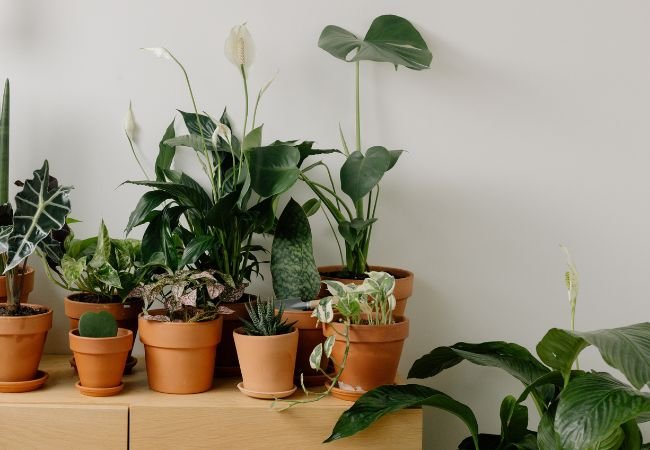


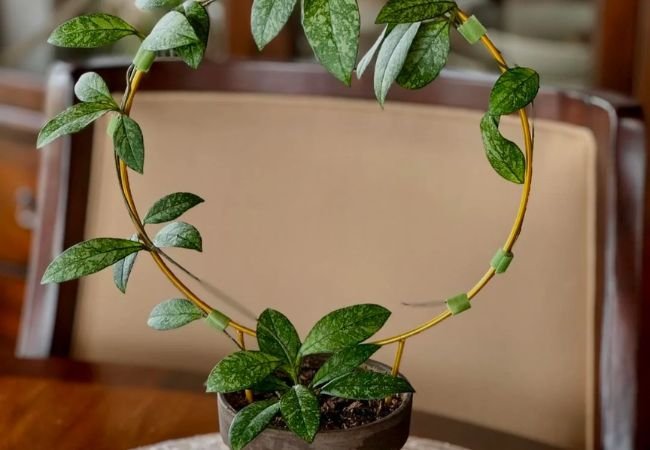
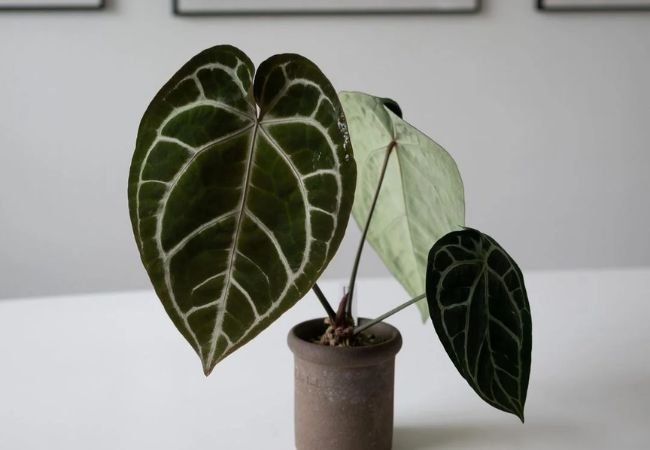
[…] also known as Basswood trees, are beloved for their heart-shaped leaves and fragrant flowers. These majestic trees offer a cool, shady canopy and add a touch of elegance to any […]
[…] its velvety, deep burgundy petals and perfectly formed decorative blooms, this dahlia variety exudes elegance and sophistication. It’s a must-have for any garden […]
[…] Remove dead flowers to encourage more blooms. […]
[…] Abundant white flowers begin to bloom, attracting pollinators to your […]
[…] to the aster family. It’s prized for its fluffy clusters of small, blue-purple flowers that bloom from late summer through fall, creating a misty, cloud-like effect in the […]
[…] eye-catching variety of crapemyrtle has become a favorite among gardeners for its striking purple blooms, compact growth habit, and easy maintenance. In this comprehensive guide, we’ll explore […]
[…] long does it take for a peach tree to bloom? Most peach trees start blooming when they’re 2-4 years […]